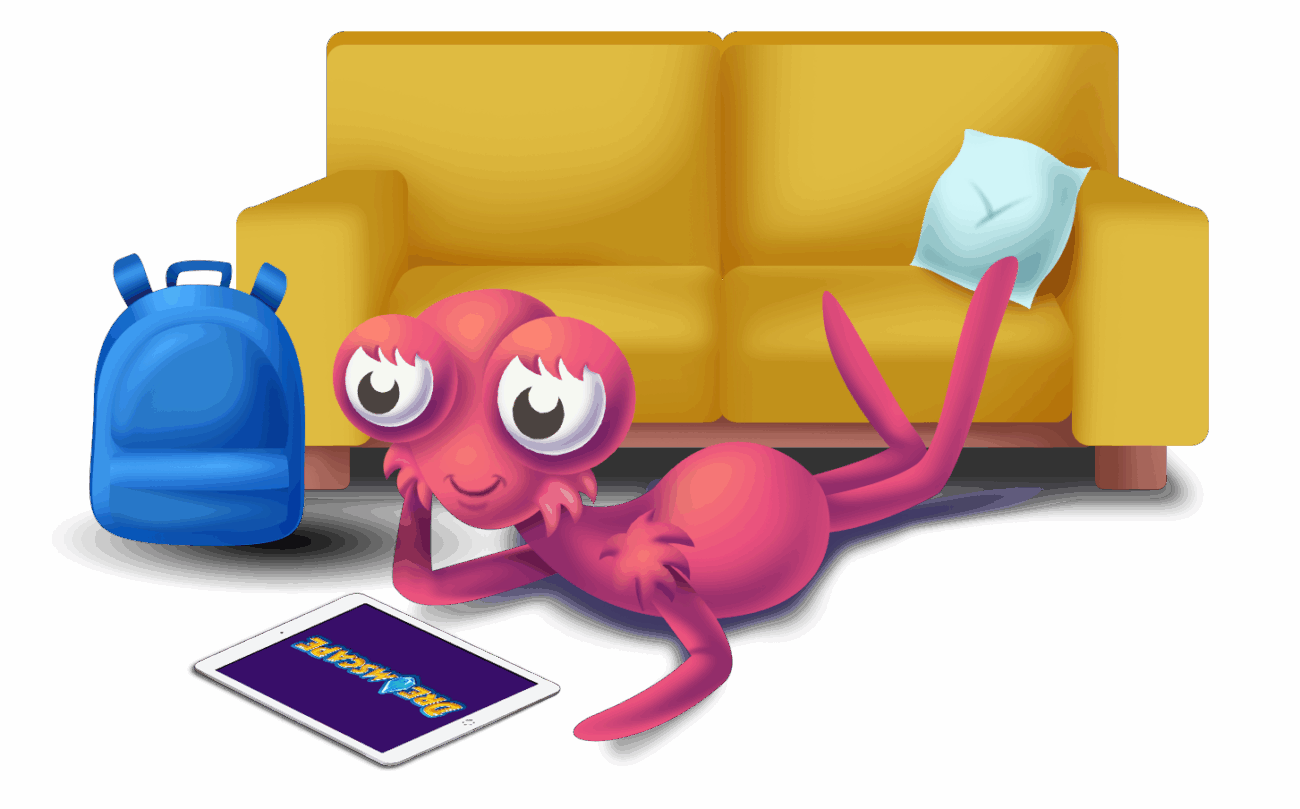
Every teacher knows that look: the sigh, the slouch, and the question: “Do I have to read this?”
Reading often feels like a chore, especially for older students who haven’t yet found books or stories that ignite the spark for them. It’s often viewed as a chore–something that must be done, but not something they want to do. And reading for school can often feel worse, because it’s almost always followed by a test or worksheet demanding students prove they really did read it.
At Shoelace, we know we change that. We believe that if you combine the power of gaming with stories that spark genuine curiosity and tie it all together with comprehension questions with just the right amount of challenge, you’ll get not just stronger, more skilled, readers, but readers with increased confidence and engagement in themselves and in reading.
But don’t just take our word for it. Research from the University of Calgary proves we’re succeeding at transforming reading from something students have to do into something they want to do.
Professors Gabrielle Wilcox and Meadow Schroeder, along with Ana Roldan Contreras and Stefanie Ng, put Shoelace to the test with 70 grade 5 students over a period of 10 weeks in the spring of 2024. And the results prove what we’ve always believed: Shoelace isn’t just fun, it’s also best in class when it comes to building reading confidence and engagement.
Top Three Takeaways from the Students:
- Shoelace has engaging content that’s fun to read.
Nearly 70% of the students found the content to be as interesting or more interesting than what they usually read in school.
This is not by accident–it’s by design. Our stories were written not just to entertain, but to also act as mirrors (where students will see themselves reflected in the stories) and windows (where students will learn about others). In fact, 70% of students encountered mirrors and 90% encountered windows.
- The difficulty level was “just right.”
Students reported that Shoelace struck the perfect balance. On both passage and independent questions, the majority rated the difficulty as “just right.” Even when tasks felt a little easier, it made sense—our learning engine starts every student with accessible content to help them build momentum and confidence.
- Students see their own progress.
After only using Shoelace for 6 to 10 weeks 60% of students noticed their reading skills improving, and nearly half reported enjoying reading more than before. This means that Shoelace isn’t just building reading skills, it’s also building student’s belief in themselves.
Why does this matter?
Confidence and engagement aren’t side effects of learning—they’re the drivers of it. Students who believe in their ability to read are more likely to persist, take risks, and ultimately achieve greater comprehension (Solheim, 2011). Engagement, meanwhile, is the bridge between enjoyment and comprehension—when students are immersed and motivated, their learning outcomes soar (Ronimus et al., 2022).
Shoelace games aren’t simply “just another reading resource.” They’re a confidence-building engine that teaches students to love reading and to believe in (and see) themselves as readers.
Ready to build your students’ reading confidence? Sign up for free today!